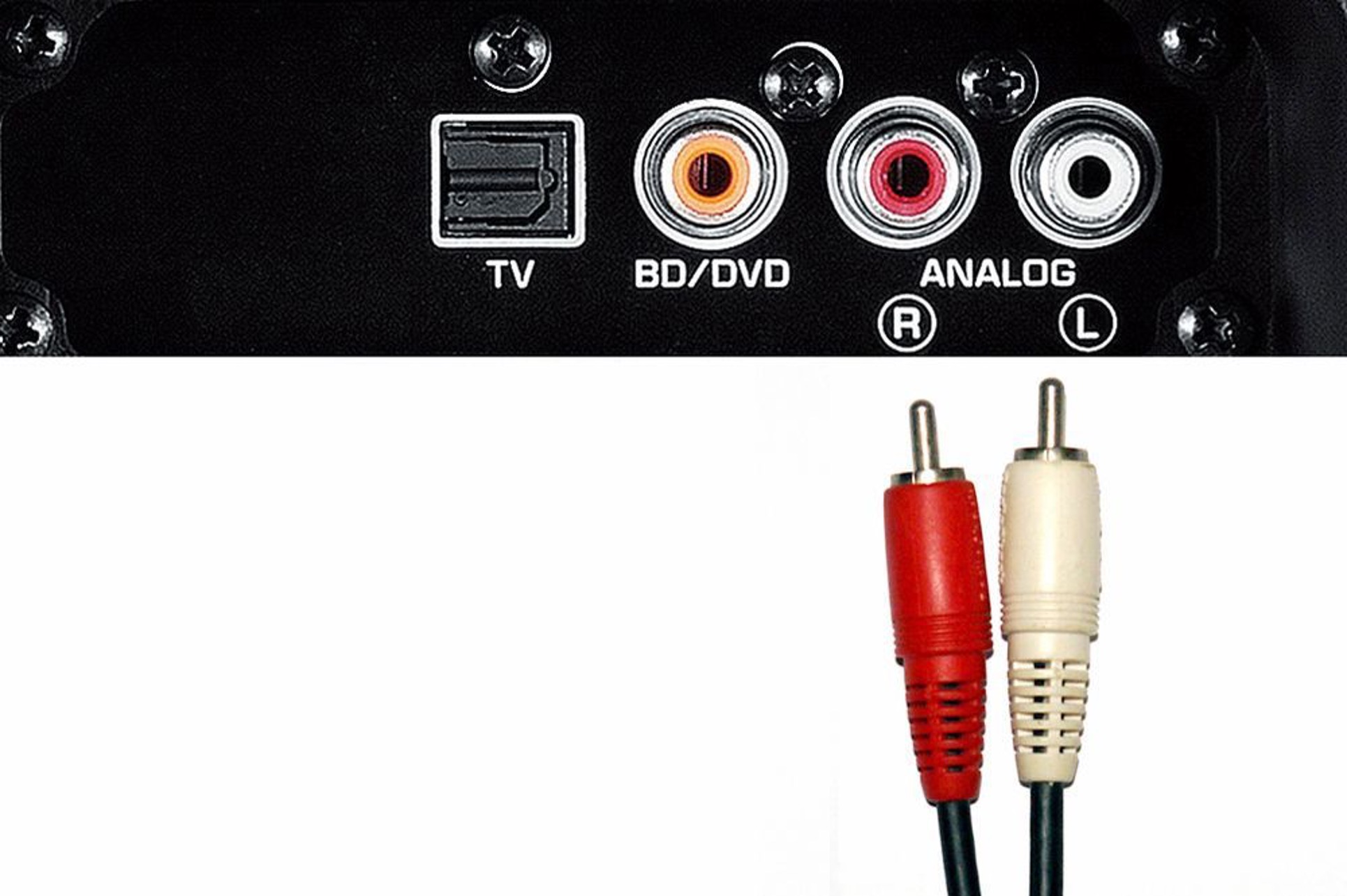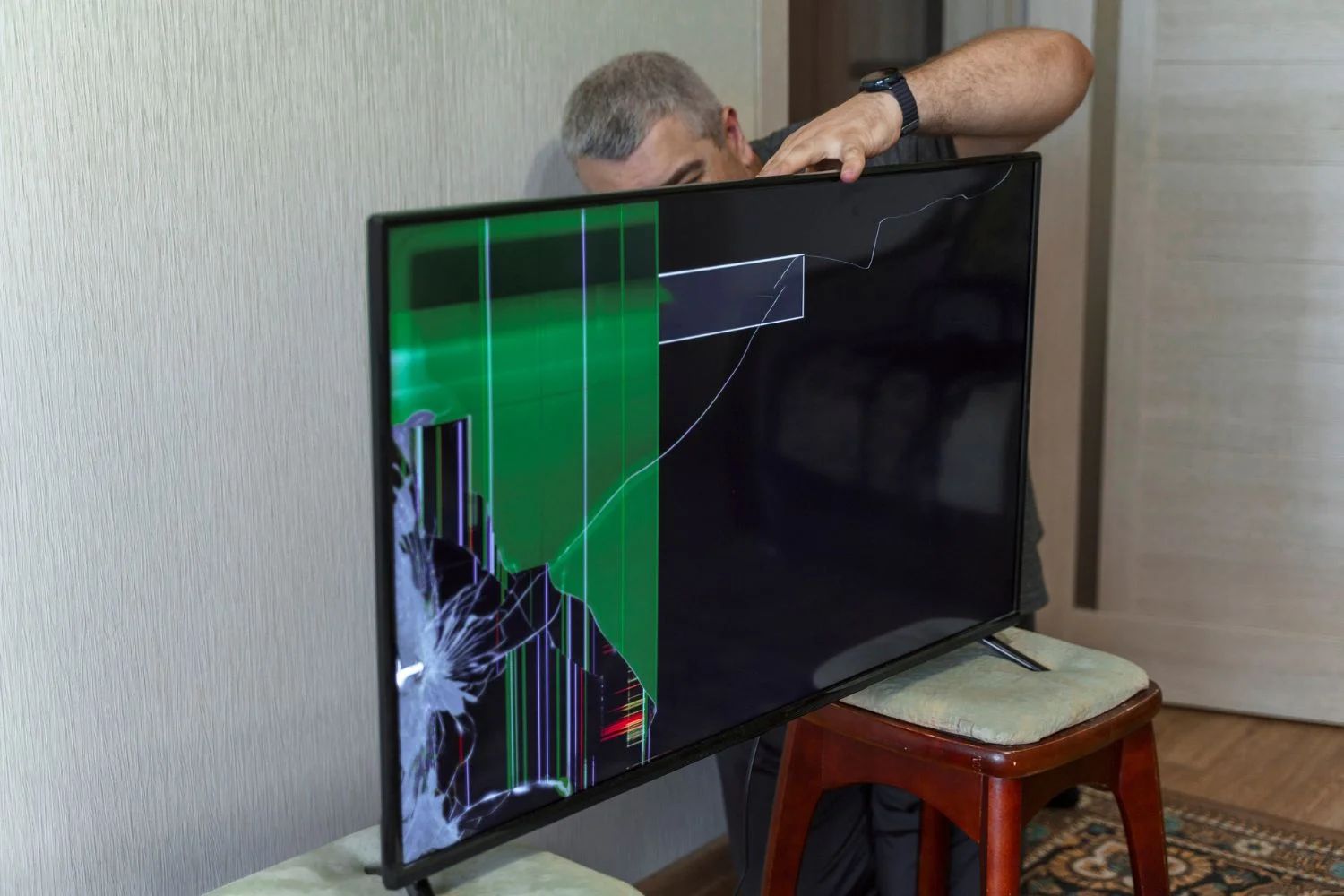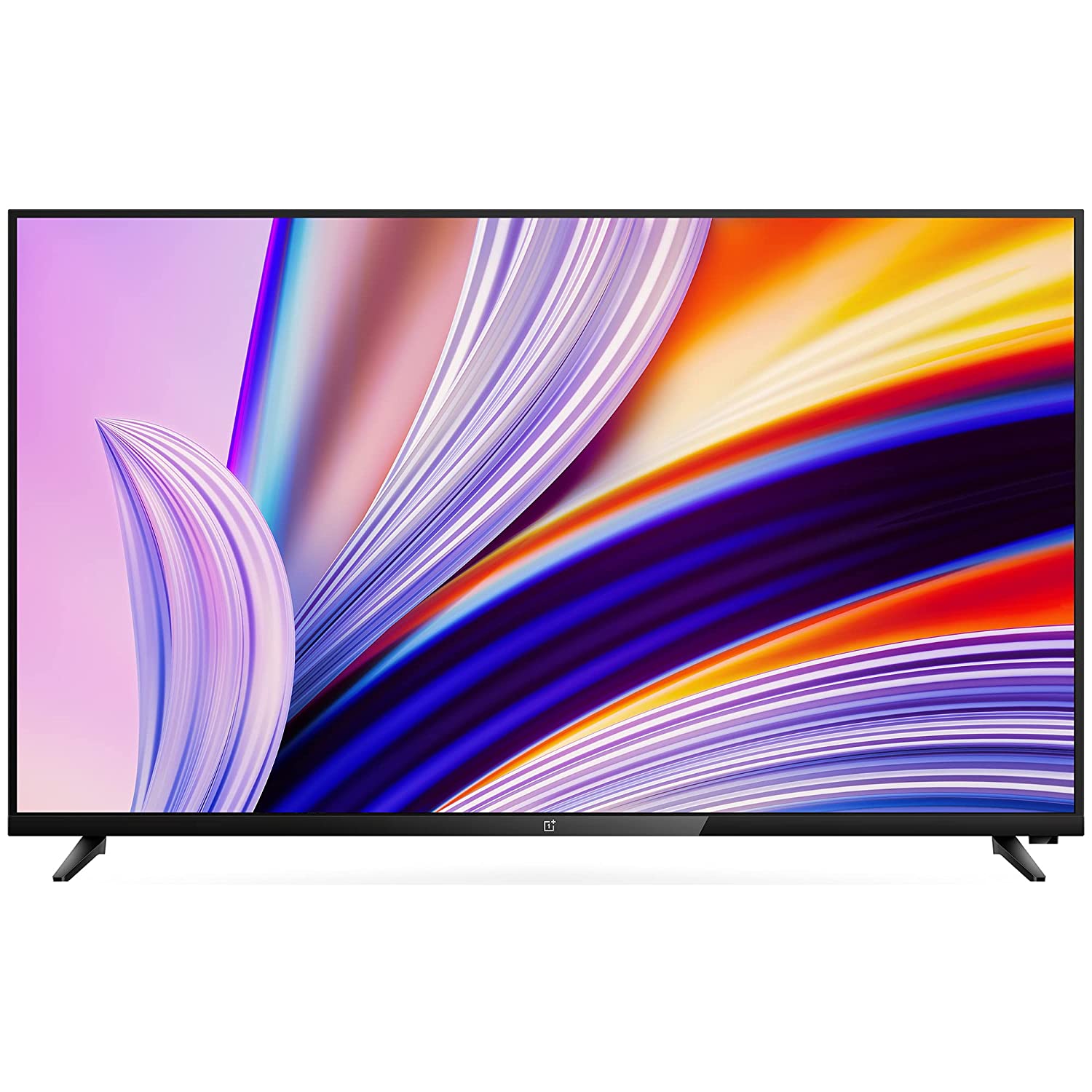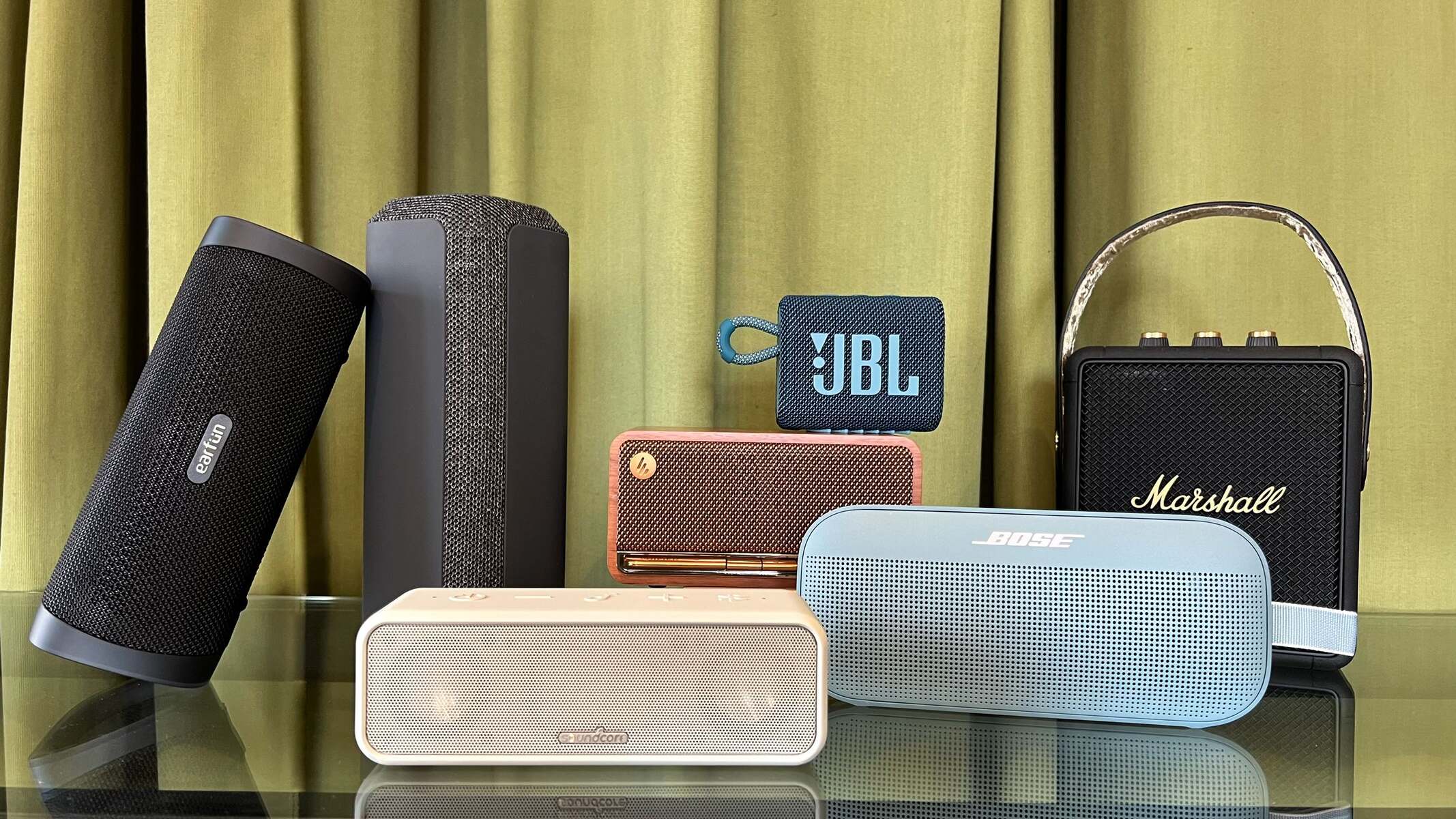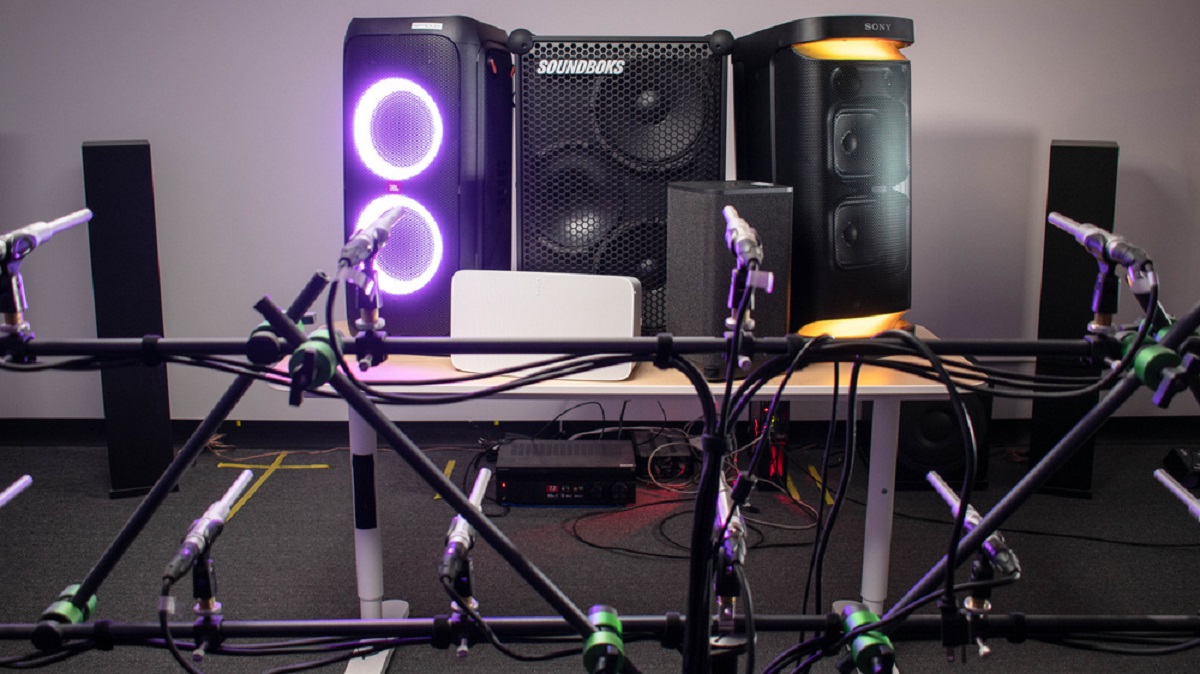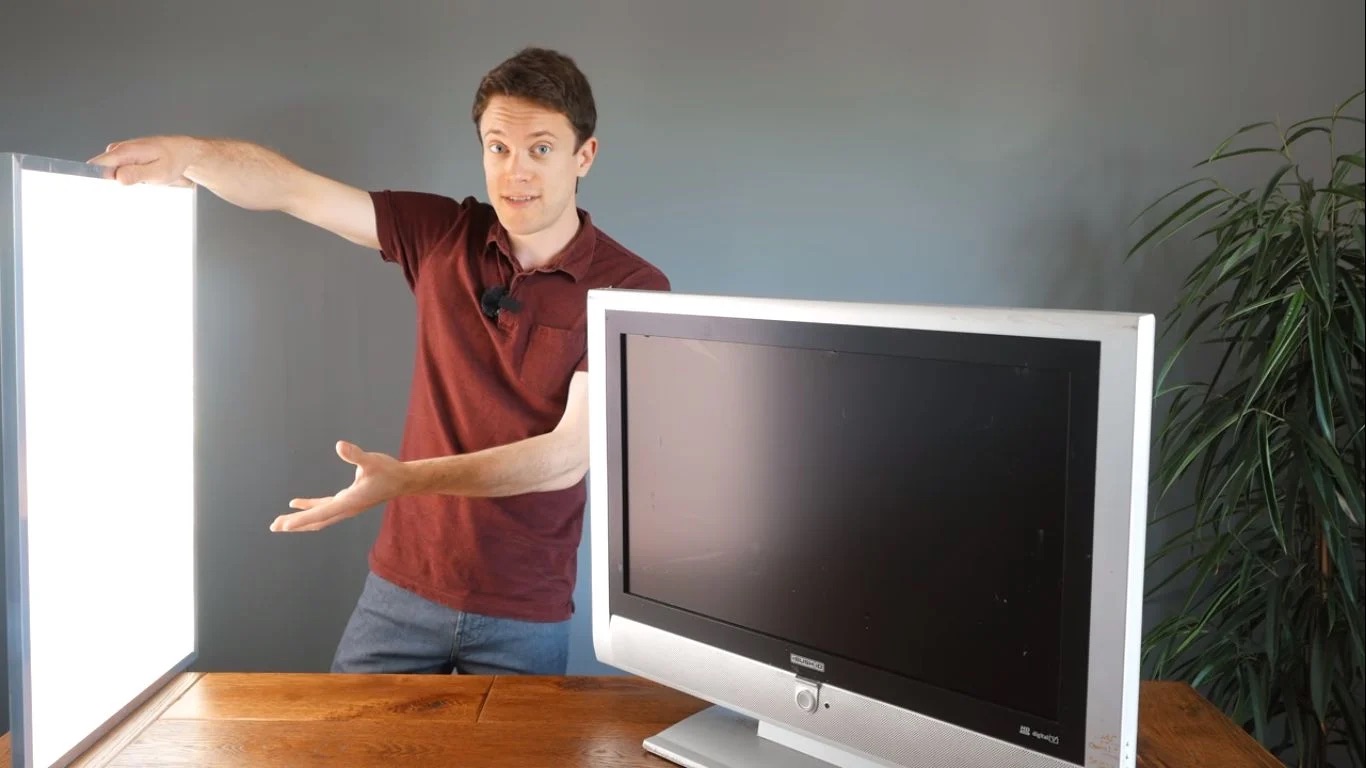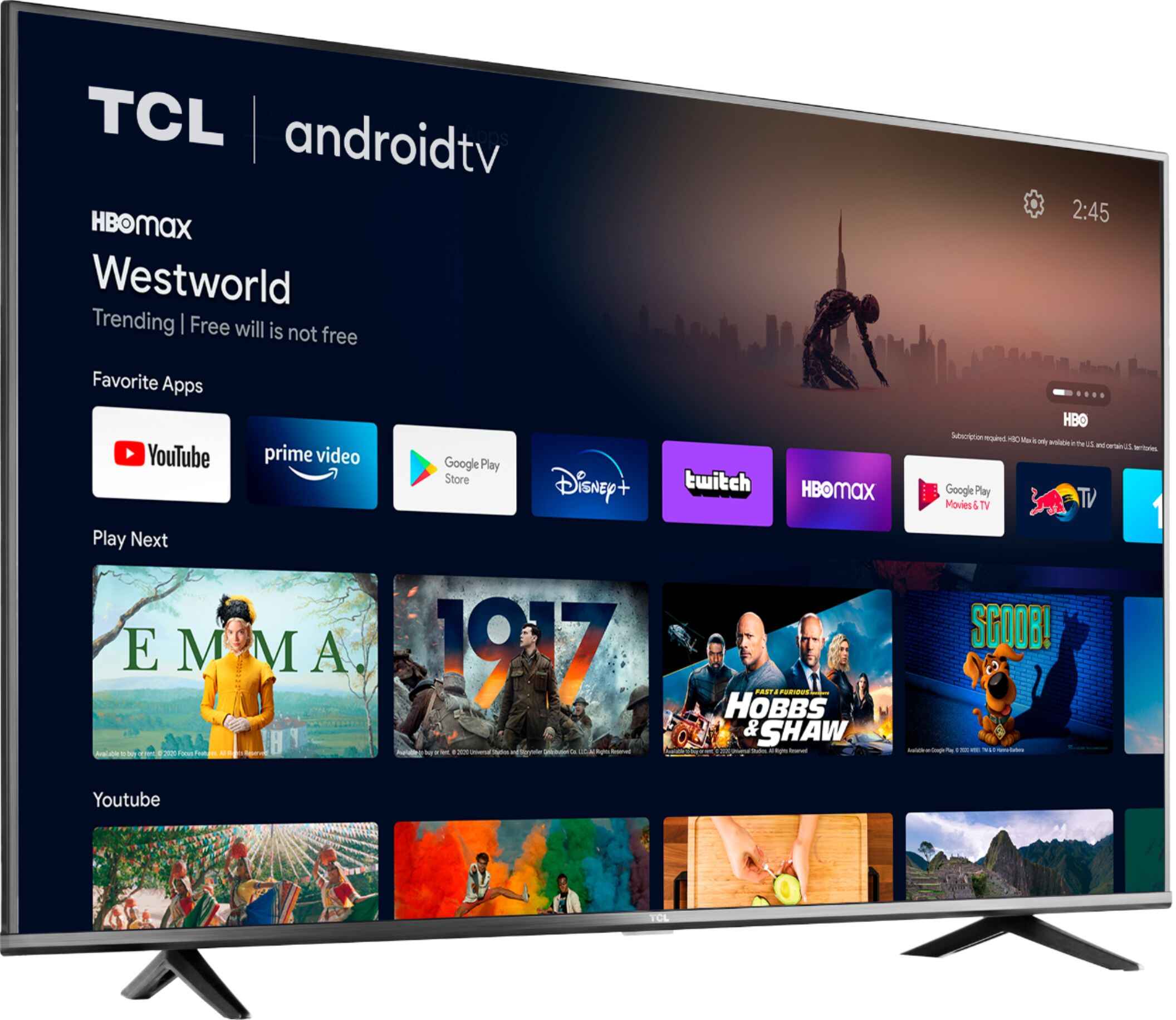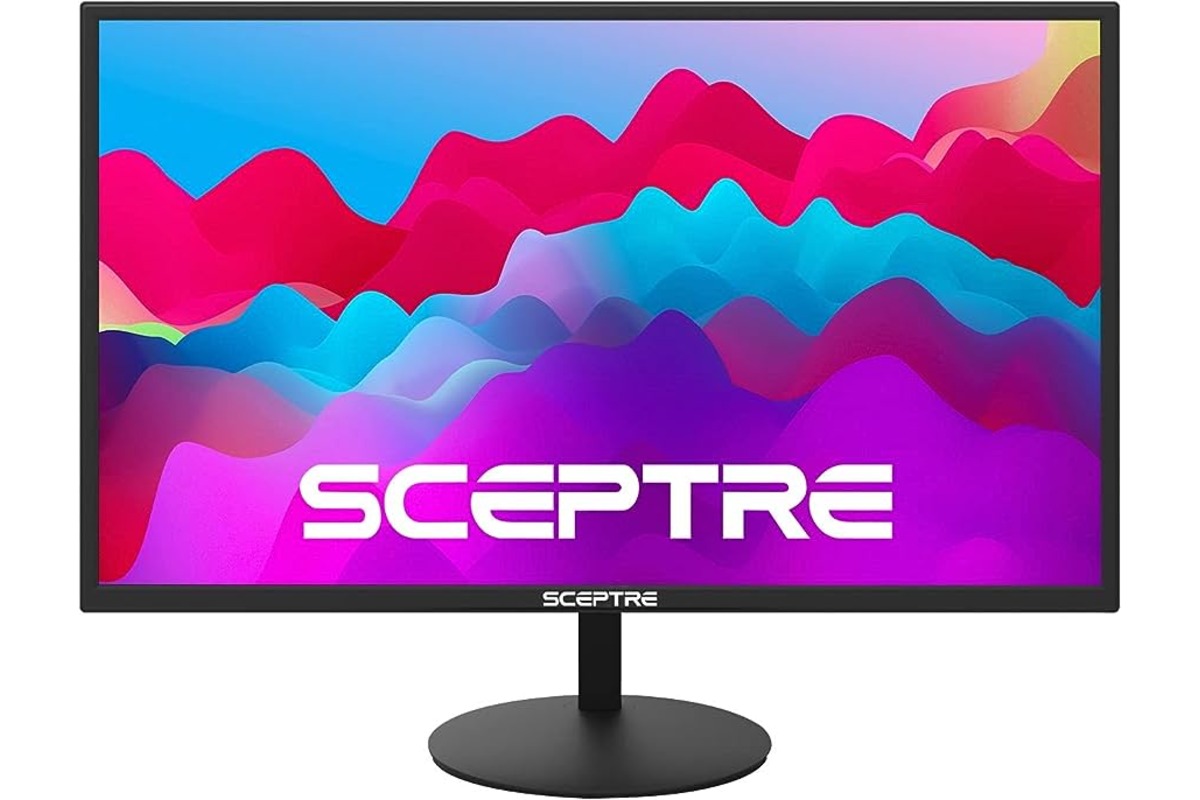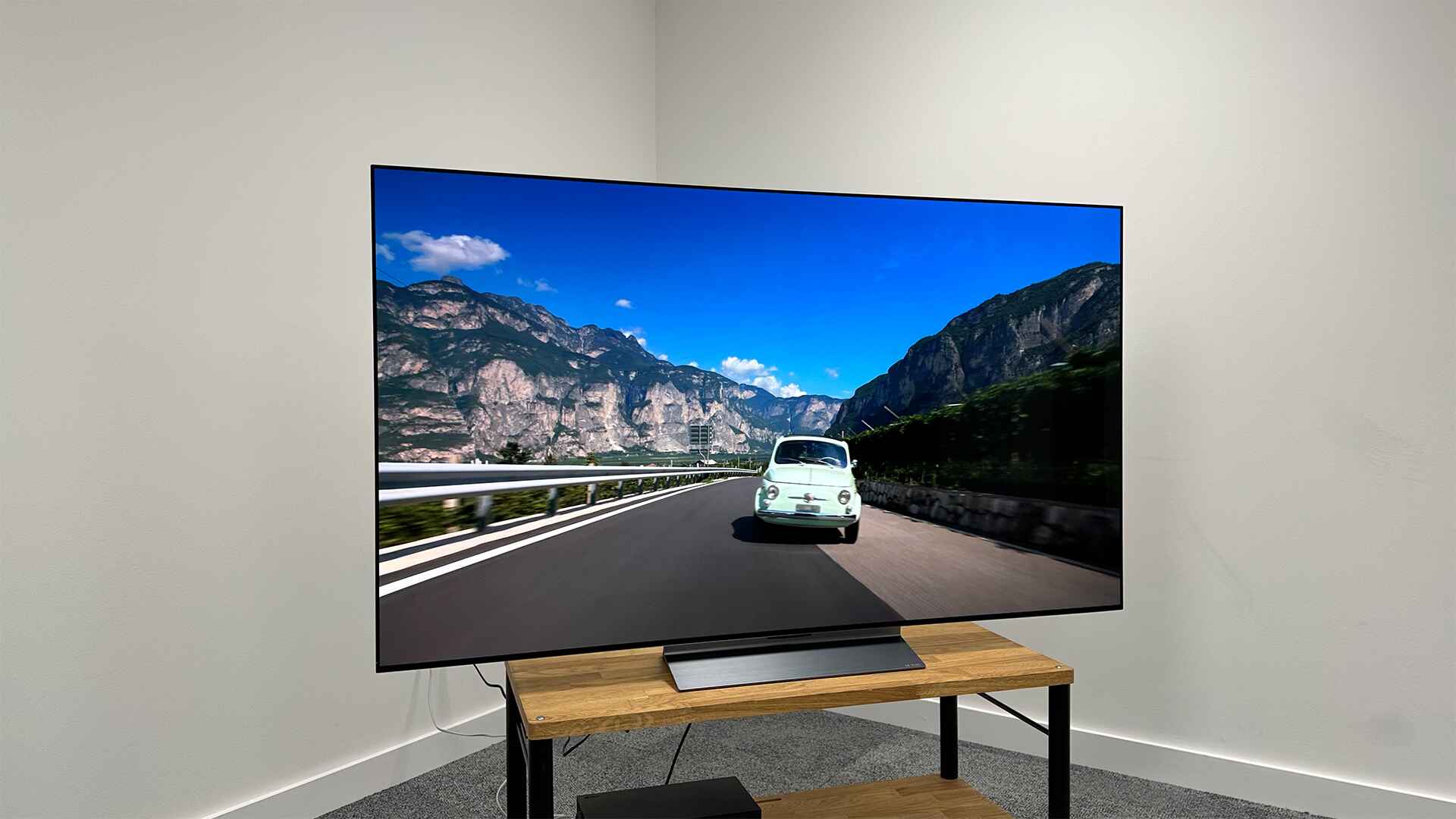Choosing the Right Speakers
When it comes to enhancing your LED TV’s audio, choosing the right speakers is crucial for an immersive viewing experience. With a wide variety of speakers available in the market, it’s important to consider your budget, preferred audio quality, and the space available in your entertainment setup. Here are a few factors to keep in mind when selecting speakers for your LED TV:
- Budget: Determine your budget range as speakers can range from affordable options to high-end models. Set a realistic budget that aligns with your needs and preferences.
- Audio Quality: Consider the audio quality you desire. Look for speakers that deliver clear sound, deep bass, and a balanced output.
- Size and Design: Assess the available space in your entertainment setup. Choose speakers that fit well within the room and complement the aesthetics of your TV.
- Wired or Wireless: Decide whether you prefer wired or wireless speakers. Wired speakers offer a stable connection, while wireless speakers provide flexibility and freedom from cable clutter.
- Compatibility: Ensure that the speakers you choose are compatible with your LED TV’s audio output options.
It’s also beneficial to read customer reviews and expert opinions to gain insights into the performance, durability, and user-friendliness of different speaker models. Take your time to compare specifications, features, and prices to make an informed decision that suits your requirements.
Remember, choosing the right speakers can significantly enhance your overall entertainment experience by delivering rich and immersive audio to complement the stunning visuals on your LED TV.
Determining the Audio Output Options of Your LED TV
Before you can connect speakers to your LED TV, it’s important to determine the audio output options available on your TV. Different LED TVs offer various audio output options, and understanding them will help you choose the appropriate speakers and connection method. Here are the most common audio output options found on LED TVs:
- HDMI ARC (Audio Return Channel): HDMI ARC is a popular audio output option that allows both audio and video signals to be transmitted through a single HDMI cable. This feature is available on many modern LED TVs and compatible speakers, making it a convenient and high-quality option for connecting speakers.
- Optical Audio Output: Some LED TVs may have an optical audio output, also known as Toslink. This option transfers digital audio signals using fiber optics, providing a reliable and high-quality audio connection. To connect speakers via optical audio output, you will require an optical cable compatible with your TV and speakers.
- 3.5mm Audio Output: Older LED TVs may have a 3.5mm audio output, also known as a headphone jack. This analog audio output can be connected directly to speakers using a 3.5mm audio cable. However, it’s important to note that the audio quality may be compromised compared to digital options.
- Wireless Audio Output: Some LED TVs also offer wireless audio output options, such as Bluetooth or Wi-Fi. These wireless connections allow you to connect speakers without the need for physical cables. However, ensure that your speakers are compatible with the wireless technology supported by your TV.
It’s crucial to consult your LED TV’s user manual or check the specifications online to identify the audio output options available on your specific model. This information will help you choose the appropriate speakers and determine the compatible connection method for optimal audio performance.
Once you know the audio output options of your LED TV, you can proceed to connect the speakers using the appropriate cables or wireless connection method. The next sections will guide you through the different options for connecting speakers to your LED TV, depending on the available audio outputs.
Connecting Speakers via HDMI ARC (Audio Return Channel)
If your LED TV and speakers support HDMI ARC (Audio Return Channel), this is a convenient method for connecting your speakers and enjoying high-quality audio. HDMI ARC allows both audio and video signals to be transmitted through a single HDMI cable, eliminating the need for additional cables and simplifying the setup process. Here’s how you can connect speakers via HDMI ARC:
- Make sure your LED TV has an HDMI ARC port. Typically, this port is labeled as “ARC” or “HDMI ARC”. Check your TV’s user manual or specifications to locate the HDMI ARC port.
- Identify the HDMI ARC port on your speakers. Many modern speakers come with HDMI ARC support, indicated by a specific HDMI port labeled as “ARC”. Refer to the speaker’s user manual for the exact location of the HDMI ARC port.
- Connect one end of an HDMI cable to the HDMI ARC port on your LED TV.
- Connect the other end of the HDMI cable to the HDMI ARC port on your speakers.
- Switch on your LED TV and speakers.
- Access the audio settings on your LED TV. Enable the HDMI ARC feature in the audio settings menu.
- Select the appropriate input/source on your speakers to receive the audio signal from the LED TV.
- Enjoy enhanced audio quality through your connected speakers.
It’s important to note that some LED TVs might require you to enable the HDMI CEC (Consumer Electronics Control) feature in the settings menu to ensure proper communication between the TV and speakers. The HDMI CEC feature allows you to control both the TV and speakers using a single remote control.
By connecting speakers via HDMI ARC, you can enjoy immersive audio without the need for additional cables or complicated setup. HDMI ARC provides a seamless and high-quality audio connection, enhancing your overall viewing experience.
Connecting Speakers via Optical Audio Output
If your LED TV has an optical audio output, also known as Toslink, you can connect your speakers using this digital audio connection method, which ensures high-quality audio transmission. Here’s a step-by-step guide to connecting speakers via optical audio output:
- Check if your LED TV has an optical audio output. It is typically labeled as “Optical Audio Out” or “Toslink.” Refer to your TV’s user manual or specifications to locate the optical audio output port.
- Make sure your speakers have an optical audio input port. This port is usually labeled as “Optical In” or “Toslink.” Check the speaker’s user manual for the exact location of the optical audio input.
- Purchase an optical audio cable that matches the length required for your setup.
- Connect one end of the optical audio cable to the optical audio output port on your LED TV.
- Connect the other end of the optical audio cable to the optical audio input port on your speakers.
- Switch on your LED TV and speakers.
- Access the audio settings on your LED TV. Choose “Optical” or “Toslink” as the audio output source.
- Select the appropriate input/source on your speakers for receiving the audio signal from the LED TV.
- Adjust the volume on your speakers to a comfortable level.
- Enjoy enhanced audio quality through your connected speakers.
Using the optical audio output provides a reliable and high-quality audio connection between your LED TV and speakers. It ensures minimal signal loss and interference, resulting in clear and immersive sound.
Remember to set the audio output on your LED TV to “PCM” (Pulse Code Modulation) if you encounter any compatibility issues with your speakers. This audio format is widely supported and ensures optimal compatibility between devices.
Connecting speakers via optical audio output is a straightforward process, allowing you to enhance your audio experience while watching movies, TV shows, or playing games on your LED TV.
Connecting Speakers via 3.5mm Audio Output
If your LED TV has a 3.5mm audio output, also known as a headphone jack, you can connect speakers directly using this analog audio connection. Although the audio quality may not be as high as digital options, it’s a simple and accessible method. Follow these steps to connect speakers via the 3.5mm audio output:
- Locate the 3.5mm audio output on your LED TV. It is usually labeled as “Audio Out” or “Headphone Jack”. Consult your TV’s user manual or specifications if you are unsure.
- Check if your speakers have a 3.5mm audio input. This input is commonly labeled as “Audio In” or “Line In”. Refer to your speaker’s user manual for the exact location.
- Get a 3.5mm audio cable that is long enough for your setup.
- Connect one end of the 3.5mm audio cable to the audio output on your LED TV.
- Connect the other end of the 3.5mm audio cable to the audio input on your speakers.
- Power on your LED TV and speakers.
- Access the audio settings on your LED TV. Ensure that the audio output is set to “Analog” or “Headphones”.
- Select the appropriate input/source on your speakers to receive the audio signal from the LED TV.
- Adjust the volume on both your TV and speakers to a comfortable level.
- Enjoy your enhanced audio experience through the connected speakers.
It’s worth noting that the 3.5mm audio output is an analog connection, which may result in some loss of audio quality compared to digital options like HDMI or optical audio. However, this method is suitable for older LED TVs or if you prefer a hassle-free setup without the need for additional cables or settings.
If you encounter any audio issues, ensure that the volume on your LED TV and speakers are adequately adjusted, and confirm that the correct audio input is selected on your speakers.
Connecting speakers via the 3.5mm audio output is a straightforward process, allowing you to enjoy improved sound while watching your favorite content on your LED TV.
Connecting Wireless Speakers to Your LED TV
If you prefer a wireless setup or want the flexibility to place your speakers anywhere in the room, connecting wireless speakers to your LED TV is the way to go. Here are the steps to connect wireless speakers to your LED TV:
- Check if your LED TV has built-in Bluetooth or Wi-Fi capability. If it does, you can directly connect Bluetooth or Wi-Fi compatible speakers to your TV. Refer to your TV’s user manual or specifications to determine its wireless capabilities.
- Ensure that your wireless speakers are compatible with the wireless technology supported by your LED TV, such as Bluetooth or Wi-Fi.
- Power on your LED TV and wireless speakers.
- Access the Bluetooth or Wi-Fi settings on your LED TV and enable the wireless connection.
- Put your wireless speakers into pairing mode. This process varies depending on the speaker model, so consult the speaker’s user manual for specific instructions.
- On your LED TV’s settings menu, search for available Bluetooth devices or Wi-Fi speakers.
- Select your wireless speakers from the list of available devices.
- Wait for the LED TV and wireless speakers to establish a connection. Once connected, you’ll be able to stream audio wirelessly from your TV to the speakers.
- Adjust the audio settings on your LED TV and speakers to optimize the sound to your preference.
- Enjoy the freedom of wireless audio and place your speakers wherever you desire in the room.
Wireless speakers offer convenience and flexibility, allowing you to create a clutter-free entertainment setup. They eliminate the need for physical cables and provide the freedom to position your speakers in the optimal location for immersive audio.
Keep in mind that the range of your wireless speakers may have limitations, so ensure that they are within a reasonable distance from your LED TV to maintain a stable connection. Additionally, ensure that both your LED TV and speakers are fully charged or connected to a power source for uninterrupted use.
Connecting wireless speakers to your LED TV opens up endless possibilities for a truly wireless and immersive audio experience.
Adjusting Audio Settings on Your LED TV
Once you have successfully connected your speakers to your LED TV, it’s important to adjust the audio settings to optimize the sound quality according to your preferences. Here are some key audio settings to consider:
- Sound Modes: Many LED TVs offer different sound modes to enhance the audio experience. These may include options such as “Standard,” “Movie,” “Sports,” or “Music.” Experiment with different sound modes to find the one that suits your content and personal preference.
- Equalizer Settings: An equalizer allows you to adjust the audio frequencies to fine-tune the sound output. Some LED TVs offer preset equalizer settings or manual adjustments for bass, treble, and mid-range frequencies. Use the equalizer settings to customize the audio output to your liking.
- Surround Sound: If you have a surround sound system or compatible speakers, check if the LED TV supports surround sound options such as “Virtual Surround” or “Dolby Atmos.” Enable these features to create an immersive audio experience, especially when watching movies or playing games.
- Volume Leveling: Volume leveling, also known as auto volume control, helps maintain a consistent volume level across different sources or channels. Enabling this setting can prevent sudden fluctuations in volume, ensuring a more comfortable and consistent audio experience.
- Lip Sync: If you notice a delay in audio syncing with the video, your LED TV may offer a lip sync adjustment. This feature allows you to synchronize the audio with the video, minimizing any delays between the two.
- Audio Delay: In some cases, you may experience audio lag or delay when using external speakers. Look for the audio delay or audio sync option in the settings menu to manually adjust the audio delay to match the video playback.
- Mute and Audio Output Settings: Familiarize yourself with the mute function and the audio output settings on your LED TV. Verify that the selected audio output corresponds to the speakers you have connected, such as HDMI ARC, optical audio, or 3.5mm output.
Each LED TV model may have different audio settings and terminology, so refer to your TV’s user manual for specific instructions on accessing and adjusting these settings. Take the time to explore and fine-tune the audio settings until you achieve the desired sound quality for your viewing pleasure.
Remember, everyone’s audio preference may vary, so experiment with different settings to find the audio configuration that suits your personal taste and the content you are enjoying on your LED TV.
Troubleshooting Common Issues
While setting up and connecting speakers to your LED TV can be a straightforward process, you may encounter some common issues along the way. Here are a few troubleshooting tips to help resolve these issues:
- No Sound: If you’re not hearing any sound from your connected speakers, ensure that the volume is turned up on both the LED TV and speakers. Check the audio output settings on your TV and confirm that it’s set to the correct output option (e.g., HDMI ARC, optical audio, 3.5mm audio).
- Poor Audio Quality: If you experience poor audio quality, ensure that the speakers are properly connected to the LED TV with the correct cables. Check the audio settings on your TV and speakers to adjust the equalizer, sound mode, and other relevant settings for optimal audio performance.
- Audio Lag: If you notice a delay between the audio and video, look for settings to adjust the audio delay or lip sync on your LED TV. Syncing the audio with the video playback will improve the viewing experience, especially for movies, TV shows, and gaming.
- Incompatible Speakers: Ensure that the speakers you have chosen are compatible with your LED TV’s audio output options. Double-check the specifications and read user reviews to verify compatibility before making a purchase.
- Interference or Distortion: If you experience interference or distortion in the audio, check for any electromagnetic interference sources near the speakers or cables. Move any electronic devices or cables away from the speakers to minimize interference.
- No Bluetooth/Wi-Fi Connection: If you are connecting wireless speakers via Bluetooth or Wi-Fi and are unable to establish a connection, make sure that both the LED TV and speakers are in pairing mode and within a reasonable range of each other. Check that Bluetooth or Wi-Fi is enabled on your TV and that the speakers are compatible and in range.
- Insufficient Volume: If you find that the volume from the speakers is too low, check the volume settings on both the LED TV and the speakers. Adjust the volume levels accordingly to achieve the desired sound intensity.
If you encounter persistent issues or have difficulty troubleshooting, consult the user manuals of your LED TV and speakers for specific troubleshooting steps or contact the manufacturer’s customer support for further assistance. They will be able to provide tailored guidance to resolve any issues you may be facing.
Remember, patience and persistence are key when troubleshooting audio issues. With a little troubleshooting, you can overcome common issues and enjoy optimal audio performance from your connected speakers.
Conclusion
Connecting speakers to your LED TV can greatly enhance your audio experience, immersing you in the sounds of your favorite movies, TV shows, and games. By understanding the audio output options of your LED TV and choosing the appropriate speakers, you can enjoy high-quality sound that complements the stunning visuals on your screen.
Whether you opt for a wired connection like HDMI ARC, optical audio, or 3.5mm audio output, or prefer the convenience and flexibility of wireless speakers, each method offers its own benefits and considerations. Take the time to adjust the audio settings on your LED TV to personalize the sound to your liking.
In the event of any issues, troubleshoot common problems such as no sound, poor audio quality, or audio lag. Refer to the user manuals of your LED TV and speakers or reach out to customer support for specific guidance.
Remember, the right speakers and audio setup can greatly enhance your entertainment experience. Whether you are watching movies, sports, or playing games, the immersive sound will elevate your viewing pleasure.
So, go ahead and explore the various options available to connect speakers to your LED TV. Immerse yourself in an audio experience that truly brings your entertainment to life.







